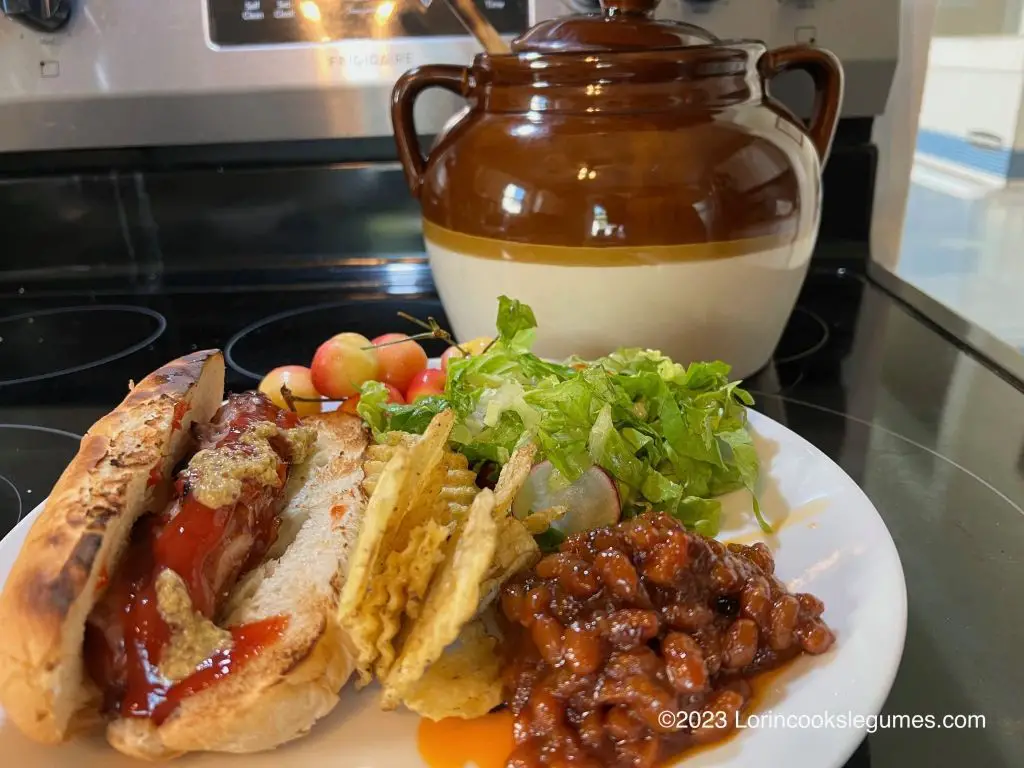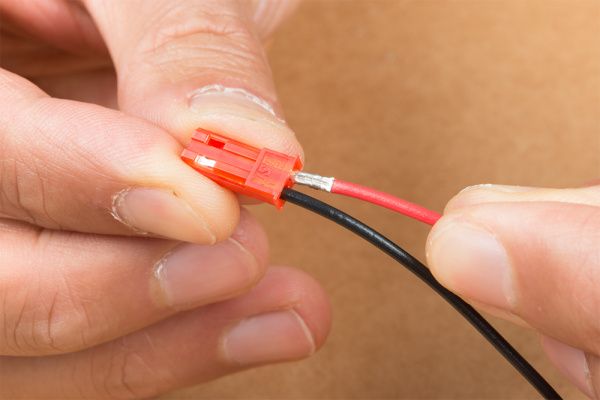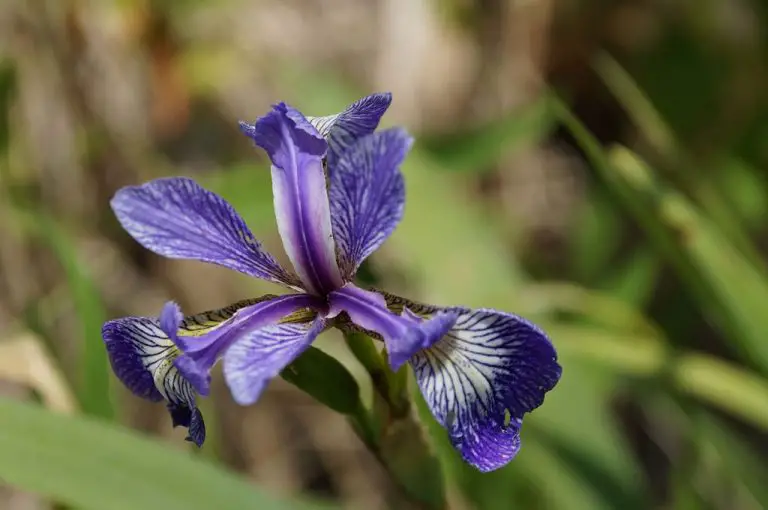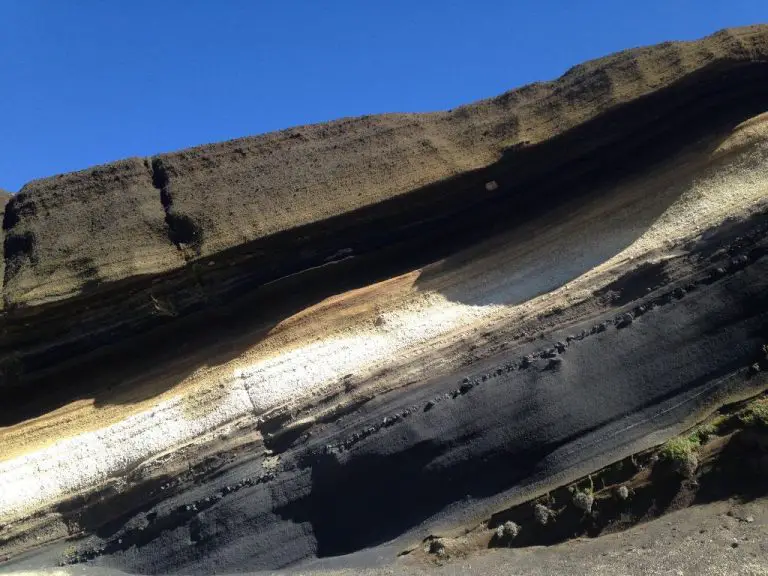What Kind Of Pot To Cook Beans In?
Introducing Beans – A Nutritious Plant-Based Protein
Beans are one of the most nutritious, protein-packed plant foods you can eat. Different varieties including black, pinto, kidney, cannellini, and chickpeas provide a great source of fiber, protein, antioxidants, vitamins and minerals (source). Research shows that incorporating beans into your diet provides many health benefits like improved heart health, better blood sugar control, cancer prevention and healthy weight management (source).
Cooking beans from scratch is better than canned for a few reasons. Dry beans have a longer shelf life and cost less per serving compared to canned beans. You also avoid the added sodium and preservatives found in many canned bean products. Cooking dried beans requires more preparation, but gives you control over ingredients and seasonings. You can cook beans in a pot on the stovetop, a pressure cooker, slow cooker or Instant Pot.
Function of Pot Material
The material your pot is made from affects how evenly and efficiently it conducts heat. This impacts cooking time and can affect the final texture of beans.
Cast Iron
Cast iron pots heat gradually and evenly. The material retains heat well, meaning temperatures remain steady once the pot reaches the desired cooking temp. This helps beans cook low and slow for maximum tenderness (Cookware Materials- Which is the Best?). However, cast iron is very heavy.
Stainless Steel
Stainless steel conducts heat poorly compared to other materials. Adding an aluminum or copper core improves heat conduction. Stainless steel won’t react with acidic foods like beans (Cookware materials guide). It’s durable but can be more expensive.
Aluminum
Aluminum pots heat up and cool down quickly. This responsive heating allows precise temperature control, but also means temperatures fluctuate more. Uncoated aluminum can react with acidic ingredients like beans and tomatoes (What Are the Different Types of Pan Materials?).
Ceramic
Ceramic pots heat slowly and evenly. They retain heat well for steady cooking temps. Non-stick ceramic coatings prevent beans from sticking. But ceramic can chip over time, losing non-stick properties.
Pot Shape and Size
When cooking beans, it’s important to choose a pot with the right shape and size. The surface area to volume ratio of the pot affects how evenly and quickly the beans cook.
A wide pot with a large surface area allows for more even heat distribution, which prevents beans from burning on the bottom. A tall, narrow pot can cause uneven cooking.https://urbanoveralls.net/2014/01/03/how-to-cook-in-a-bean-pot/
Pot size should match the amount of dried beans you’re cooking. Too large of a pot with a small amount of beans can lead to uneven cooking and burning. Too small of a pot crowded with beans may boil over.https://www.potshopofboston.com/collections/bean-pots
Traditional bean pots are wide and relatively short, with a lip for grabbing and lid for moisture retention. Their shape helps beans cook evenly without burning.
Features to Consider
When selecting a bean pot, there are several key features to take into account:
Thickness
A thick, heavy bean pot is ideal for even heating and moisture retention when cooking beans. Thicker walls retain heat better and help prevent scorching on the bottom of the pot (1). A minimum thickness of 1/4 inch is recommended, but thicker pots around 1/2 inch are ideal (2).
Handles
Look for large loop handles on both sides of the bean pot to make lifting and moving the heavy pot easier (1). Side handles allow for safer transfer out of the oven versus handles only on the lid. Handles should be securely attached and sturdy.
Lids
A tight-fitting lid is crucial for trapping in moisture and heat when cooking beans. Bean pots traditionally have a concave lid design that collects condensation and returns it to the beans (2). A lid knob or handle aids in removing the hot lid.
Versatility
While specialized for beans, a bean pot can also cook soups, stews, grains, and even bread. Opt for a wider, deeper pot for increased versatility across recipes. Bean pots with completely flat bottoms can also be used on the stovetop or under the broiler (1).
(1) https://www.ehow.com/how_5071039_cook-bean-pot.html
(2) https://urbanoveralls.net/2014/01/03/how-to-cook-in-a-bean-pot/
Top Picks
When choosing the best pot for cooking beans, the material is one of the most important considerations. Here are top picks in various material types:
Ceramic
Dedicated ceramic bean pots like those from Bram Cookware are ideal. The thick walls and tight-fitting lid trap steam and heat to keep the beans tender. Features like handles for easy lifting and a spout for pouring make cooking and serving beans a breeze.
Cast Iron
Cast iron pots from brands like Lodge evenly distribute and retain heat. The heavy lid seals in moisture, and the enameled surface makes cleaning easy. Choose at least a 4-quart size for flexibility.

Stainless Steel
Stainless steel pots like those from Pot Shop of Boston have an aluminum core for conductivity. Opt for a mirror-finish interior to prevent food from sticking. Durable stainless steel stands up to the pressure and lengthy cooking times beans require.
Tips for Cooking Beans
When cooking beans from scratch, there are some key tips to ensure they turn out properly cooked with a tender texture.
First, most dried beans benefit greatly from soaking prior to cooking. Soaking reduces cooking times and can help beans cook more evenly. There are two soaking methods – a long cold soak or a shorter hot soak. For the cold soak, cover the beans with water and let sit at room temperature for 8-12 hours. For the hot soak, boil the beans for 2-3 minutes, remove from heat, cover and let sit for 1-4 hours (Source).
Next, beans should be simmered slowly and gently during cooking. Bring the beans and water to a boil, then reduce to a simmer. Simmering for too long or at too high a temperature can cause beans to overcook and become mushy. Check beans regularly and remove promptly from heat once they reach the desired tenderness (Source).
Seasonings like salt, acids like tomato or vinegar, and aromatics like garlic, onion, and herbs can be added to the cooking water or beans. However, salt and acidic ingredients should only be added towards the end of cooking so they do not toughen the beans and increase cooking time (Source).
Cooking Different Bean Types
The cooking time and method varies for different types of beans. Here’s a breakdown of some of the most common varieties:
Kidney Beans
Kidney beans typically take around 1-2 hours to cook (source). They benefit from soaking overnight first. Use 3 cups of liquid for every 1 cup of dried beans. Kidney beans pair well with seasonings like garlic, onion, chili powder, cumin and oregano.
Pinto Beans
Pinto beans take 1-1.5 hours to cook completely (source). Soak them overnight before cooking. Use a 3:1 ratio of liquid to beans. Season pinto beans with garlic, cumin, cilantro, jalapeño and lime juice.
Black Beans
Black beans take 1-2 hours to become tender (source). Presoak them for faster cooking. Use 3 cups liquid per 1 cup beans. Flavor black beans with garlic, cumin, oregano, bell pepper, chili powder and lime.
Lentils
Lentils cook much quicker than beans, usually in 30-45 minutes (source). They don’t require presoaking. Use a 2:1 liquid to lentil ratio. Season them with garlic, thyme, bay leaf, cumin and smoked paprika.
Pot Cleaning and Care
Cleaning pots after cooking beans can be challenging due to the starchy residues that get baked on during cooking. A common issue many cooks face is burnt on residue on the bottom and sides of the pot.
To clean burnt on bean residue, fill the pot with hot water and let it soak for at least 30 minutes. This will help loosen the stubborn burnt bits. After soaking, use a stiff nylon brush and scrub the pot, focusing on the areas with heavy buildup. If needed, sprinkle some baking soda or salt on the brush to give it some extra abrasive power. The baking soda will help lift residue while being gentle on the pot.
For extremely stubborn burnt on spots, boiling a solution of 1 cup white vinegar and 4 cups water in the pot for 5-10 minutes can help loosen residue for easier scrubbing. Just make sure not to use vinegar on reactive metal pots like aluminum, copper or cast iron as it can damage the finish.
In terms of storing and maintaining pots after cooking beans, make sure the pot is completely dry before storing to prevent moisture damage over time. Store in a cool, dry place and avoid stacking other heavier pots or pans on top of it which could lead to dents or warping. Check the pot periodically for any cracks or damage to the glaze or enamel coating. Avoid using metal cooking utensils during cooking which can scratch the finish. With proper care and storage, a good bean cooking pot can last many years.
Recipes
Beans are extremely versatile and make for delicious meals. Here are a few tasty bean recipes you can make in your recommended bean pots:
This Cuban Black Bean Soup from Food Network is full of flavor. Cook it in a heavy enameled cast iron or ceramic bean pot to evenly distribute heat.
For a meatless meal, try these Vegetarian Chili Nachos from Delish. Use a deep, wide bean pot to simmer the chili and beans.
Make these hearty Refried Beans from The Pioneer Woman in a heavy stainless steel or enameled cast iron pot.
This Crockpot White Chicken Chili from Delish is perfect for a ceramic bean pot in a slow cooker or on the stovetop.
Try these flavorful recipes using the right bean pot for tender, delicious beans every time!
Summary
When it comes to selecting the best pot for cooking beans, the key factors to consider are the pot material, shape, size, and features like a lid that fits well. The material needs to be sturdy like cast iron, ceramic, or stainless steel in order to stand up to the lengthy cooking times required. Choosing a deep, narrow pot with straight sides and a fitted lid will allow the beans to cook evenly in the liquid. Be sure to select a pot that is big enough to allow the beans to expand as they rehydrate. Features like handles and a thick bottom are useful for a bean pot too.
Ultimately, cooking beans from scratch has many benefits over canned beans. You can control the ingredients and seasonings, achieving better flavor and texture. Homecooked beans also retain more nutrients compared to canned. With the right pot, preparing beans yourself is simple. Just remember to soak the beans properly first, and adjust your recipe and cooking time based on the bean type.






